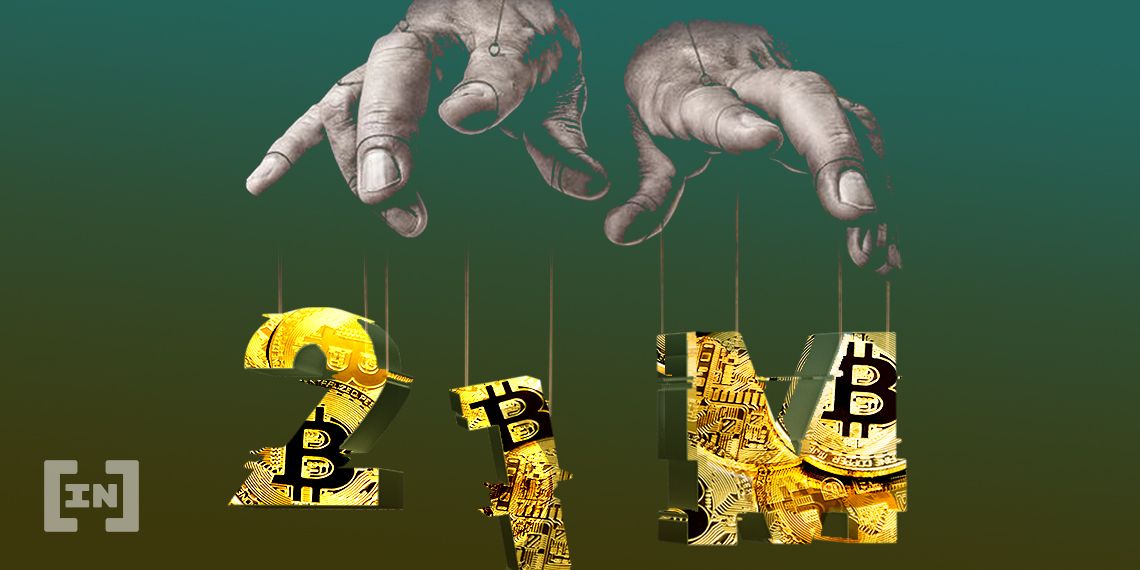Is it possible to track individual Bitcoin (BTC) ‘coins’ across the blockchain or are BTC units indistinguishable from each other?
While some organizations pay significant sums for Bitcoin ransomware attacks, others question whether these payments can actually be tracked. Earlier in July, David Andolfatto, senior vice president of the St. Louis Federal Reserve tweeted:
 Satoshi Nakamoto’s white paper is usually a good place to start on any Bitcoin treatise. An examination of BTC’s ontology should not be any different. An excerpt from the white paper defining the electro coin reads:
Satoshi Nakamoto’s white paper is usually a good place to start on any Bitcoin treatise. An examination of BTC’s ontology should not be any different. An excerpt from the white paper defining the electro coin reads:
“How hard would it be to track these funds and mark them as fully taxable at any point they are redeemed for dollars (or any other currency) at an exchange?”In essence, Andolfatto was asking if it was possible to mark BTC ransomware payments as tainted, much the same way law enforcement uses marked bills to catch kidnappers and other criminals. Jerry Brito, executive director at Coin Center, responded to the question in an article on Monday. There he makes the radical conclusion that there are no “individual, atomic units of Bitcoin” existing on the ledger.
A Primer on Ontology
It’s common to see people talk about sending BTC from one wallet to another. Indeed, the classic Alice to Bob transaction example comes to mind, likely evoking images of digital coins making their way across the blockchain. However, while this narrative works in a colloquial sense, it does little justice to the true meaning of a Bitcoin value transfer. It also conjures up the false assumption that there are Bitcoin unit amounts distinguishable from the other 20,999,999 coins. Satoshi Nakamoto’s white paper is usually a good place to start on any Bitcoin treatise. An examination of BTC’s ontology should not be any different. An excerpt from the white paper defining the electro coin reads:
Satoshi Nakamoto’s white paper is usually a good place to start on any Bitcoin treatise. An examination of BTC’s ontology should not be any different. An excerpt from the white paper defining the electro coin reads:
“We define an electronic coin as a chain of digital signatures. Each owner transfers the coin to the next by digitally signing a hash of the previous transaction and the public key of the next owner and adding these to the end of the coin. A payee can verify the signatures to verify the chain of ownership.”The above definition, while not explicitly referencing Bitcoin, is used for the cryptocurrency under the banner of a “Chain Definition”. According to Craig Warmke, a philosopher at Northern Illinois University, the chain definition fails to accurately capture the nature of Bitcoin ontology in that it presumes the ledger tracks BTC as individual coins. The Bitcoin ledger is a transaction-based ledger rather than an account-based one found in mainstream finance. Thus, the network tracks BTC quantities and not individual BTC.
Bitcoin Units Are Indistinguishable
Fiat currency notes have serial numbers that distinguish one bill from another. The same does not apply to Bitcoin. There are no identifying markers for each BTC in the ledger. For example, when a wallet shows 5 BTC, the owner does not own 5 Bitcoin much the same way they’d own $5. Instead, the wallet holder has unspent transaction outputs (UTXOs) that contain 5 BTC. Indeed, UTXOs are “represented Bitcoin quantities.” Assuming Alice is not a miner, the BTC she receives from a source becomes the input for her transaction with Bob. If both Alice and Bob send 1 BTC each to the same third-party who then transfers the 2 BTC to an exchange, there’s no way to know which amount came from Alice’s transaction and which one from Bob’s. As Brito argues, while it’s possible to track transactions across the chain, there is no way of tracking individual Bitcoin units to determine their source. Sending a BTC amount creates a new UTXO with Bitcoin units indistinguishable from any other individual BTC coin. For this reason, enforcement actions against ransom payments, scams, and crypto thefts focus on addresses. Exchanges, in cooperation with the authorities, can monitor and blacklist addresses tied to such criminal acts.
Top crypto projects in the US | April 2024
Trusted
Disclaimer
In adherence to the Trust Project guidelines, BeInCrypto is committed to unbiased, transparent reporting. This news article aims to provide accurate, timely information. However, readers are advised to verify facts independently and consult with a professional before making any decisions based on this content. Please note that our Terms and Conditions, Privacy Policy, and Disclaimers have been updated.
Osato Avan-Nomayo
Osato is a reporter at BeInCrypto and Bitcoin believer based in Lagos, Nigeria. When not immersed in the daily happenings in the crypto scene, he can be found watching historical documentaries or trying to beat his Scrabble high score.
Osato is a reporter at BeInCrypto and Bitcoin believer based in Lagos, Nigeria. When not immersed in the daily happenings in the crypto scene, he can be found watching historical documentaries or trying to beat his Scrabble high score.
READ FULL BIO
Sponsored
Sponsored
